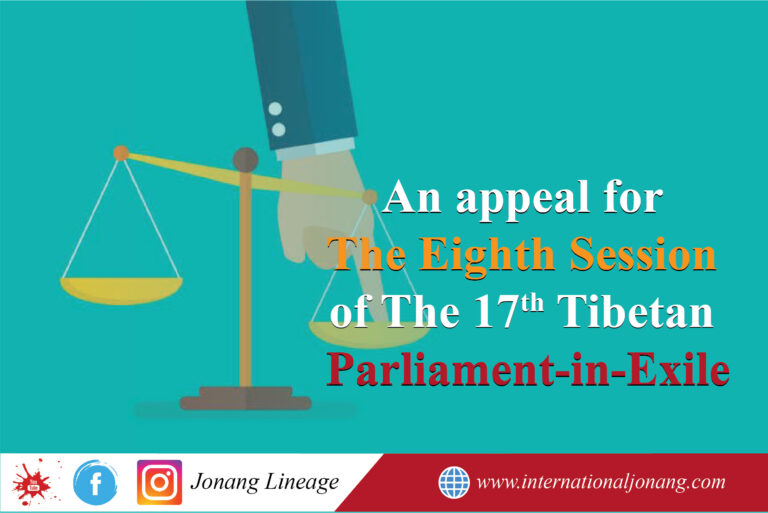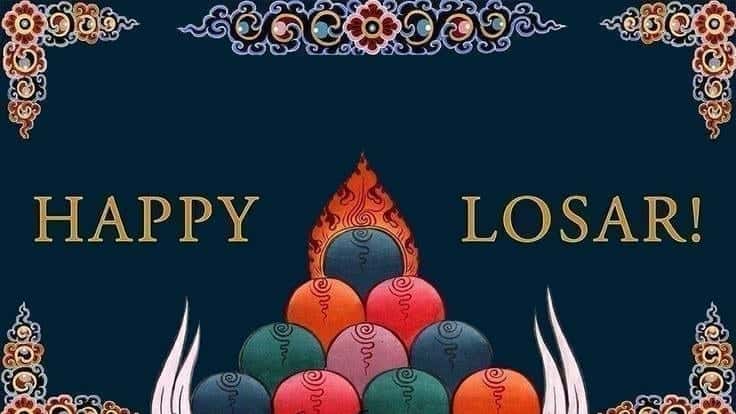A Work Telling the Life and Liberation Story of the Great Master Padmākara.
Part 4 The Master’s spiritual consort for his meditation on this maṇḍala, the yoginī called Śīlatvā, took up the second kīla-dagger, that of wrathful Amṛtakuṇḍali. She hurled it into the lake in Baṅgala, turning the nāga and its retinue into ashes. After seven days and seven nights, the lake dried up and all the heretical schools were overcome. The Master’s retreat attendant, a yogin from Kāmarūpa called Ratnaśīla, took up the third small kīla-dagger. With it he struck the crystal boulder in Rājagṛha, which immediately fell to pieces. This too greatly benefited the Buddhists. Śīlatvā and Ratnaśīla also had reached the vidyādhara stage, and, although they have disappeared, if they wished they could reappear in emanation bodies. The Master stayed a little longer in Trimala and crafted a sandalwood image of Noble Avalokiteśvara. In Vikramaśīla he built a small Tārā temple. Then he went again to glorious Uḍḍiyāna, gathered together the fortunate, and they built a temple there. During that time, near Uḍḍiyāna in a land called Kaccha, there was a highly respected Buddhist community. Even the king held the lay vows and was a paṇḍita. The Turkish king of Pāgada in the land of Molatāna had attacked Kaccha with his army and destroyed a few of its monastic colleges, yet more were facing imminent destruction. As the invading army, swimming and in boats, approached along the river Nīli, the Master awaited them on the bank. With a wrathful stare he raised his forefinger in the threatening mudrā. This caused the entire Turkish army—seven large ships, about five hundred small wooden boats and those swimming—to sink to the bottom of the river. All were killed. For many generations there was no further harm from Turks in that land. A Work Telling the Life and Liberation Story of the Great Master Padmākara.His ordination name was Padmākara, ‘the Lotus Born’. The secret name he received upon initiation into the maṇḍala was Padmasambhava, ‘the Lotus Born’.[26] In earlier times, people of Uḍḍiyāna called him Kamalakuliśa or Padmavajra, because on his forehead was a figure

